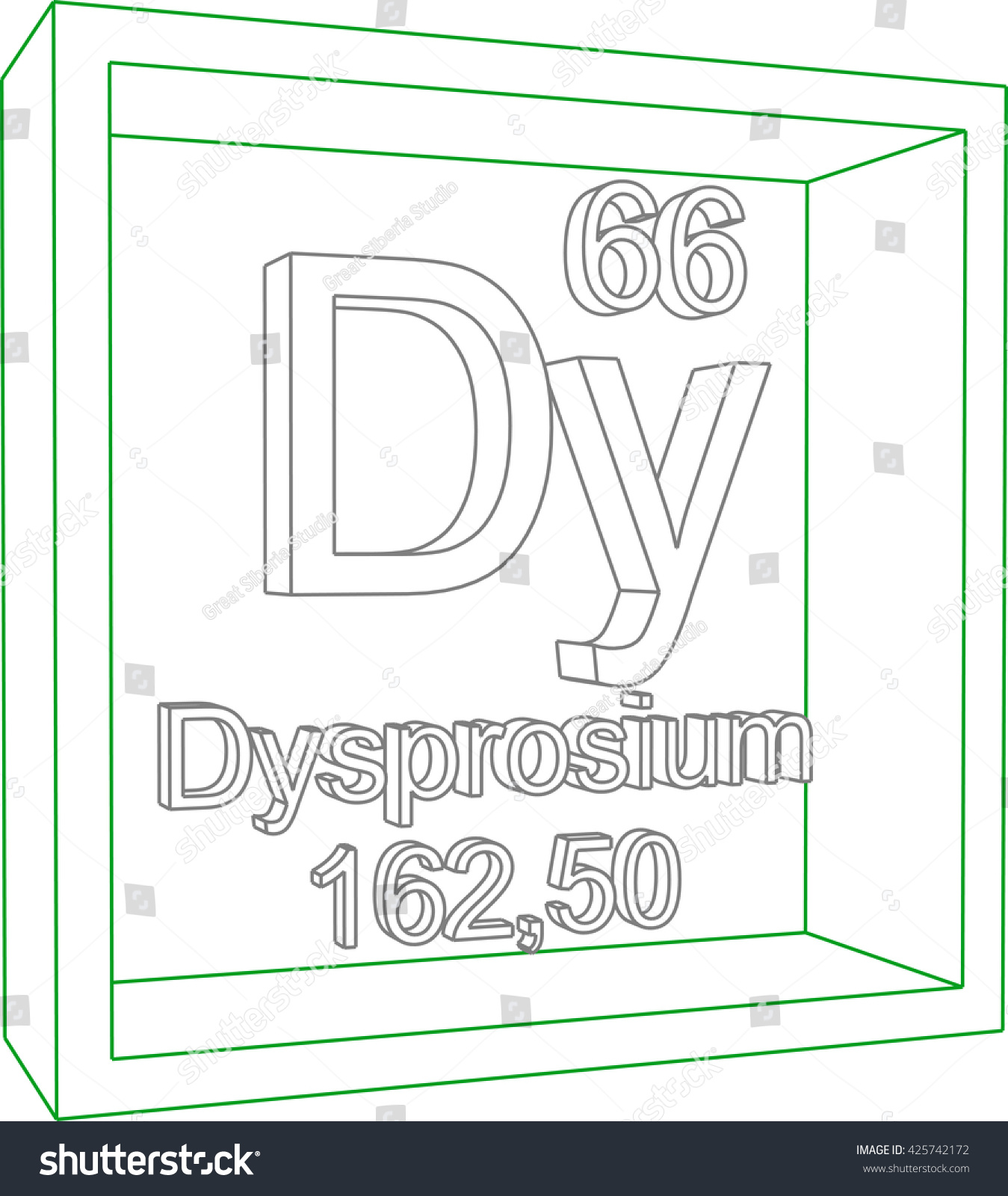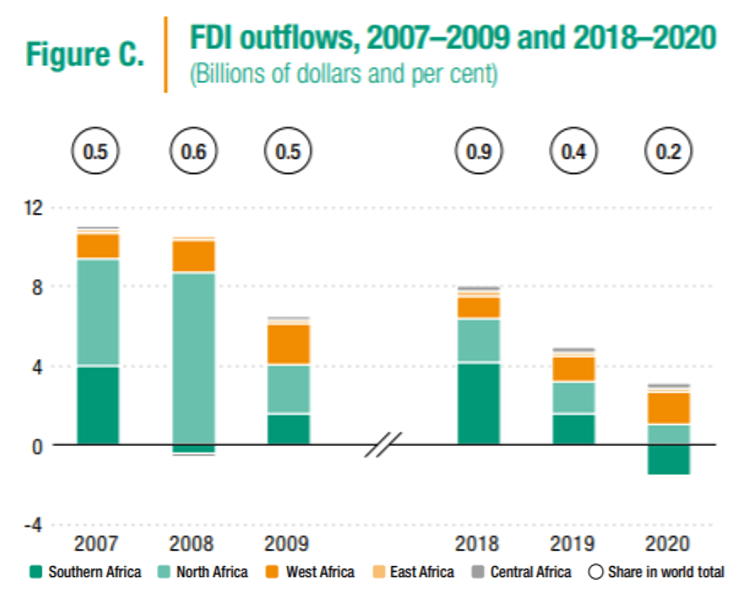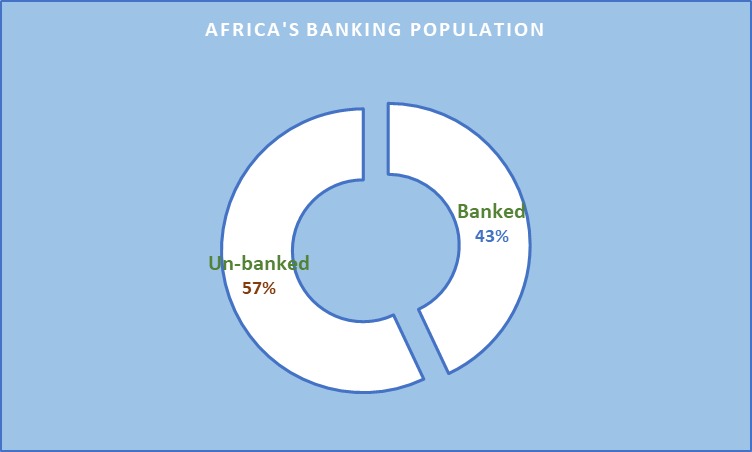Understanding Dysprosium And Its Impact On The EV Revolution

Table of Contents
The Role of Dysprosium in Electric Vehicle Motors
Permanent Magnets: The Heart of EV Motors
Dysprosium is a key component in the powerful neodymium magnets used in electric vehicle motors. These magnets are responsible for efficient energy conversion and high torque output, crucial for optimal EV performance. Without these high-performance magnets, EVs would be significantly less efficient and powerful.
- Enhanced magnetic strength compared to other materials: Dysprosium allows for the creation of magnets with significantly higher magnetic field strength than other options, leading to more compact and powerful motors.
- High resistance to demagnetization, even at high temperatures: The operating temperatures of EV motors can be quite high. Dysprosium helps prevent the magnets from losing their strength under these conditions, ensuring consistent performance.
- Essential for smaller, lighter, and more efficient motor designs: The superior magnetic properties of dysprosium-containing magnets allow for the design of smaller and lighter motors without sacrificing power, leading to improved vehicle efficiency and range.
The Composition of Neodymium Magnets
Neodymium magnets, the workhorses of modern EVs, typically consist of neodymium, iron, and boron (NdFeB). However, adding dysprosium significantly enhances their thermal stability. This is particularly important for high-performance EVs that experience higher operating temperatures and greater stress on their motors.
- Dysprosium's contribution to improved temperature resistance: Dysprosium additions drastically improve the maximum operating temperature of neodymium magnets, preventing a significant loss of magnetic strength at elevated temperatures.
- Impact on magnet lifespan and overall motor reliability: This improved temperature resistance directly translates into a longer lifespan for the magnets and increased reliability of the entire EV motor system.
- The trade-off between performance and dysprosium content: While increasing dysprosium content improves performance, it also increases cost and reliance on a limited resource. Finding the optimal balance is a key challenge for manufacturers.
The Challenges of Dysprosium Supply and Sustainability
Geopolitical Concerns and Supply Chain Risks
Dysprosium production is heavily concentrated geographically, primarily in China. This creates significant geopolitical concerns and supply chain vulnerabilities for the EV industry. This dependence raises concerns about price manipulation, potential supply shortages, and disruptions to EV manufacturing.
- China's dominance in dysprosium mining and processing: China controls a significant portion of the global dysprosium supply chain, from mining to processing and refining.
- Potential for price manipulation and supply shortages: This concentrated control can lead to price volatility and the potential for artificial shortages, impacting EV manufacturers' ability to produce vehicles consistently.
- The need for diversification of dysprosium sources: Reducing reliance on a single source is crucial to mitigate these risks. Exploration and development of new dysprosium mines in other countries are essential.
Environmental Impact of Dysprosium Mining
The extraction and processing of dysprosium, like other rare earth elements, can have significant environmental consequences. These include habitat destruction, water pollution from processing chemicals, and greenhouse gas emissions from mining and transportation. Sustainable mining practices are crucial to mitigate these impacts.
- Environmental damage associated with rare earth mining: Rare earth mining is known for its potential to cause significant environmental damage, including soil erosion, water contamination, and biodiversity loss.
- The importance of responsible sourcing and ethical mining: Companies must prioritize responsible sourcing and ensure that dysprosium is mined and processed ethically and sustainably.
- The role of recycling in reducing environmental impact: Recycling end-of-life EVs and recovering dysprosium from spent magnets significantly reduces the environmental impact compared to primary mining.
Solutions and Future Directions for Dysprosium in the EV Industry
Developing Alternative Magnet Materials
Research is actively pursuing alternative magnet materials that require less or no dysprosium. This reduces reliance on this critical and limited element. This is crucial for long-term sustainability and reducing geopolitical risks.
- Exploring different rare earth combinations: Scientists are investigating various combinations of rare earth elements to find materials with similar magnetic properties to neodymium magnets but with lower dysprosium content.
- Investigating non-rare earth magnet alternatives: Research is also exploring entirely new magnet materials that do not rely on rare earth elements at all.
- The potential of advanced materials science: Breakthroughs in materials science could lead to the discovery of new materials with superior magnetic properties, eliminating the need for dysprosium altogether.
Recycling and Urban Mining of Dysprosium
Recycling end-of-life electric vehicles and recovering dysprosium from spent magnets is critical for a sustainable future. This "urban mining" can significantly reduce reliance on primary mining and lessen the environmental impact.
- Technological advancements in magnet recycling: New technologies are being developed to efficiently separate and recover dysprosium from spent magnets.
- The economic viability of dysprosium recycling: Making dysprosium recycling economically viable is crucial to incentivize its widespread adoption.
- The importance of establishing efficient recycling infrastructure: Building a robust and efficient recycling infrastructure is vital for recovering and reusing dysprosium.
Conclusion
Dysprosium plays a critical role in the success of the EV revolution, but its limited supply and environmental impact pose significant challenges. Addressing these concerns requires a multi-pronged approach, including diversifying supply chains, promoting sustainable mining practices, exploring alternative materials, and investing in robust recycling infrastructure. By proactively tackling these issues, we can ensure the continued growth of the electric vehicle sector and pave the way for a truly sustainable transportation future. Learn more about the crucial role of dysprosium and its impact on the future of electric vehicles. Understanding the nuances of dysprosium's impact is essential for driving innovation and ensuring the long-term viability of the EV revolution.

Featured Posts
-
 North Carolina University Shooting One Fatality Multiple Injuries
Apr 29, 2025
North Carolina University Shooting One Fatality Multiple Injuries
Apr 29, 2025 -
 Willie Nelson Drops New Album Before Turning 92
Apr 29, 2025
Willie Nelson Drops New Album Before Turning 92
Apr 29, 2025 -
 Unlock The Nyt Spelling Bee March 15 2025 Answers And Pangram
Apr 29, 2025
Unlock The Nyt Spelling Bee March 15 2025 Answers And Pangram
Apr 29, 2025 -
 Open Thread February 16 2025 Discussion
Apr 29, 2025
Open Thread February 16 2025 Discussion
Apr 29, 2025 -
 Food Fuel And Water Crisis In Gaza Calls To End Israels Aid Ban
Apr 29, 2025
Food Fuel And Water Crisis In Gaza Calls To End Israels Aid Ban
Apr 29, 2025
Latest Posts
-
 Sub Saharan Africa And Pw C A Recent Development And Its Significance
Apr 29, 2025
Sub Saharan Africa And Pw C A Recent Development And Its Significance
Apr 29, 2025 -
 London Palladium Jeff Goldblum Spring Concert Featuring Mildred Snitzer Orchestra
Apr 29, 2025
London Palladium Jeff Goldblum Spring Concert Featuring Mildred Snitzer Orchestra
Apr 29, 2025 -
 Jeff Goldblums London Palladium Concert Spring 2024 With Mildred Snitzer Orchestra
Apr 29, 2025
Jeff Goldblums London Palladium Concert Spring 2024 With Mildred Snitzer Orchestra
Apr 29, 2025 -
 The Impact Of Pw Cs Withdrawal From Sub Saharan Africa
Apr 29, 2025
The Impact Of Pw Cs Withdrawal From Sub Saharan Africa
Apr 29, 2025 -
 Pw Cs Sub Saharan African Retreat Reasons And Consequences
Apr 29, 2025
Pw Cs Sub Saharan African Retreat Reasons And Consequences
Apr 29, 2025
